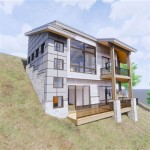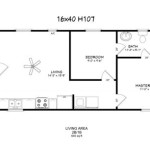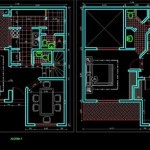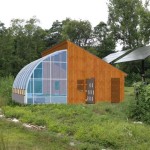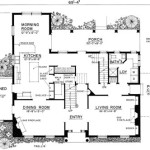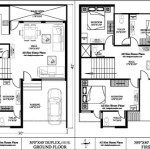Original Victorian House Plans: A Journey Through Architectural History
The Victorian era, spanning from the 1830s to the early 1900s, was a period of remarkable architectural innovation and diversity. Victorian houses, characterized by their intricate details, ornate ornamentation, and distinctive floor plans, still stand today as testaments to the creativity and craftsmanship of the era.
Architectural Styles of Victorian Houses
Victorian houses encompass a wide range of architectural styles, each with its own unique characteristics:
- Gothic Revival: Inspired by medieval Gothic architecture, Gothic Revival houses feature pointed arches, steeply pitched roofs, and elaborate ornamentation.
- Italianate: Italianate houses draw inspiration from Italian Renaissance architecture, characterized by symmetrical facades, low-pitched roofs, and decorative cornices.
- Second Empire: Second Empire houses, popular during the reign of Napoleon III in France, are known for their mansard roofs, elaborate dormers, and ornate ironwork.
- Queen Anne: Queen Anne houses, named after Queen Anne of Great Britain, are characterized by their asymmetrical facades, intricate spindlework, and colorful ornamentation.
- Stick Style: Stick Style houses, prevalent in the 1870s and 1880s, feature exposed wooden beams and decorative woodwork, creating a rustic and picturesque appearance.
Common Features of Victorian House Plans
Despite the variety of architectural styles, Victorian houses share several common features:
- Bay Windows: Bay windows, projecting from the main facade of the house, add extra space and offer panoramic views.
- Porches: Victorian houses often feature elaborate porches, ranging from simple verandas to intricate wraparound porches, providing outdoor living spaces.
- High Ceilings: High ceilings are a hallmark of Victorian houses, creating a sense of grandeur and spaciousness.
- Ornamental Details: Victorian houses are adorned with intricate details, such as gingerbread trim, decorative moldings, and stained glass windows.
Floor Plans of Victorian Houses
Victorian house plans were designed to accommodate the needs of large families and reflect the social conventions of the era:
- Formal Entry: Victorian houses typically have a formal entryway, often with a grand staircase, setting the tone for the rest of the house.
- Parlor: The parlor, used for receiving guests, is usually located at the front of the house, featuring elegant furnishings and decorative elements.
- Dining Room: The dining room is often adjacent to the parlor, designed to accommodate large family gatherings and formal dinner parties.
- Kitchen: Victorian kitchens were typically located at the back of the house, featuring a large cooking range, pantry, and scullery.
- Bedrooms: Bedrooms were typically located on the upper floors, with the master bedroom often featuring a private sitting area or dressing room.
Preserving Victorian Homes
Many original Victorian houses have survived to this day, serving as reminders of the era's architectural prowess. Preserving these historic structures is essential for maintaining our cultural heritage and appreciating the beauty and craftsmanship of Victorian architecture.
If you're fortunate enough to own an original Victorian house, there are several steps you can take to preserve its historic integrity:
- Research the History of Your Home: Learn about the original owners, architectural style, and any significant renovations or additions made over time.
- Consult with an Architect or Preservation Expert: Seek advice from professionals who specialize in historic preservation to ensure that any renovations or repairs are done in a way that respects the home's original design.
- Use Period-Appropriate Materials: When replacing or repairing elements of your home, such as windows, doors, or hardware, use materials that are consistent with the original design.
- Maintain the Home's Exterior: Regularly inspect and maintain the exterior of your home, including the roof, siding, and trim, to prevent damage and preserve its historic character.
By following these steps, you can help preserve the legacy of Victorian architecture and ensure that these historic homes continue to grace our neighborhoods and communities for generations to come.

House Plans Victorian Vintage Sims

Vintage Victorian House Plans 1879 Print Plainfield George La Baw F Mansion Floor Plan

Untitled Victorian House Plans Mansion Floor Plan Homes

29 Victorian House Plans E Book Vintage

1905 Glen Flora Queen Anne Style Plan By Hodgson Victorian House Plans Vintage Floor

150 Victorian House Designs American Architecture Perspective

Small Cottage House Plans 1881 Antique Victorian Architecture Vintage

Victorian House Plans Monster

First Floor Plan Second Savannah Victorian Historic District 215 West Gwinnett Street House Ham County Ga Library Of Congress

Victorian House Plans Floor The Designers
Related Posts


